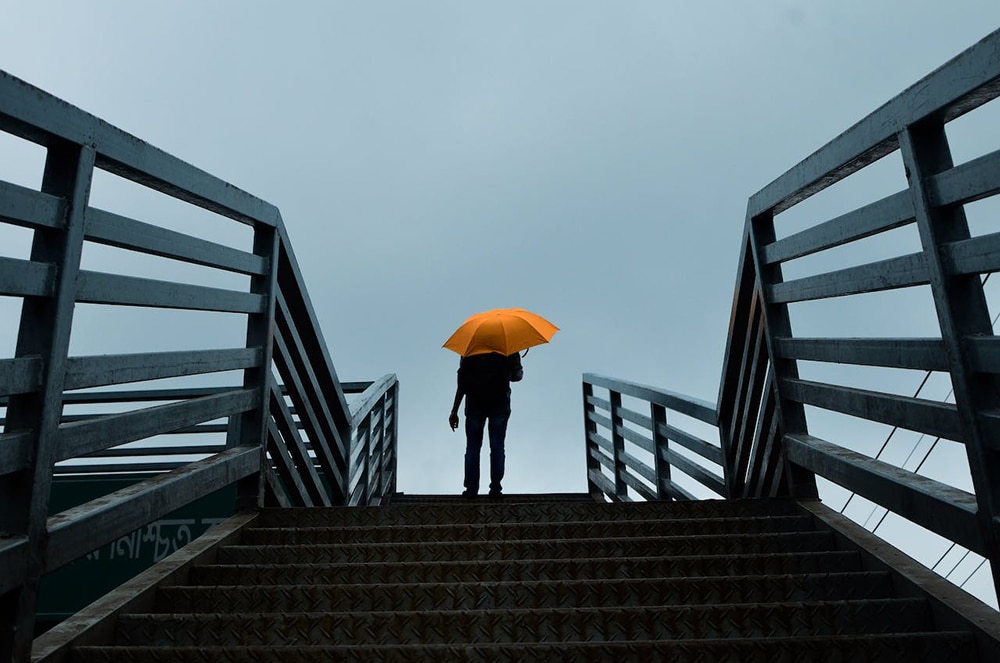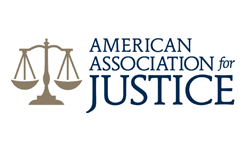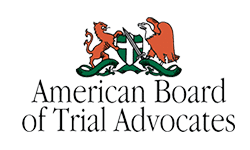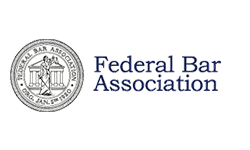The Difference Between Slip & Fall and Trip & Fall Accidents

Falls might be the butt of the joke in movies and TV shows, but they are much more serious in real life. An unexpected fall can cause severe and long-lasting injuries, leaving victims with medical bills and steep financial losses. Not all falls are the same, though. Let’s get into the difference between slip & fall and trip & fall accidents.
Defining the Differences Between Slip & Falls and Trips & Falls
Although the terms are often used interchangeably, there is a difference between slip & fall and trip & fall accidents. A slip & fall is a type of accident that occurs when a person’s foot or shoe loses traction with the ground, and they fall. A trip & fall is an accident that happens because a person’s foot or shoe makes contact with an object that causes them to fall.
A slip & fall accident might be caused by:
- Pooled water tracked inside during periods of heavy rain
- Spilled liquids that haven’t been cleaned up
- Leaking food storage containers
- Built-up cleaning fluids
Causes of trip & falls can include:
- Loose carpeting
- Uneven or buckled flooring
- Loose or missing stair railings
- Cords draped across walkways
The difference between these two types of accidents might seem frivolous. After all, the end result is the same—someone falls and is injured. However, identifying and demonstrating the exact mechanics of an injury-causing accident is critically important in a premises liability claim.
When another person is negligent through either an action or omission, they can be held responsible for any and all harm they cause a victim. This requires proof, though. Identifying how an accident happened and what negligent, reckless, or wrongful actions caused it is a necessary component of any injury claim.
If you were injured in a fall and aren’t completely sure how it happened, we encourage you to reach out to a lawyer or law firm that you trust. Work closely with them to gather evidence that can help you better understand whether you slipped or tripped and who may have been responsible for those conditions.
Where Do Fall Accidents Happen?
A fall accident can happen anywhere and at any time. Pittman, Roberts & Welsh, PLLC has the knowledge and background needed to help fall victims who have been injured on all property types, both private and public, including:
- Grocery stores
- Shopping malls
- Apartment buildings
- Parking lots
- Private residences
- Restaurants
- Swimming pools
- Hospitals
- Nursing homes
- And more
It doesn’t matter whether you slipped or tripped. If you were hurt in a fall on someone else’s property or while in the care of a healthcare facility, you may be owed compensation for your lost wages, medical bills, injuries, and other damages.
The Most Common Fall Accident Injuries
Fall injuries are particularly dangerous. That’s because falls typically happen unexpectedly and with little to no warning. Victims have no opportunity to prepare or protect themselves.
Some of the most common physical injuries caused by slips, trips, and falls are:
- Traumatic brain injuries (TBIs)
- Head and neck injuries
- Broken bones (arms, hips, legs, and knees)
- Cuts, scrapes, and bruises
- Spinal cord injuries (SCIs)
Not all injuries are physical, though. Anyone who has suffered a serious fall is at risk for developing related mental health issues, such as:
- Anxiety
- Depression
- Post-traumatic stress disorder (PTSD)
Individuals who are already at a heightened fall risk, such as those who are over the age of 65, may be at a higher risk of developing lasting psychological harm. This can lead people to severely cut back on or even fully cease physical activity in an effort to limit their risk of falling again. However, this can actually put victims at an even higher risk for a second or third fall, as regular daily movement and exercise strengthen muscles and limit fall risk.
Just like you would see an orthopedist for a broken arm, you should see a mental health professional if you experience any type of lasting mental anguish following a fall.
Slip, Trip, and Fall Statistics
Let’s take a closer look at statistics from the U.S. Centers for Disease Control and Prevention (CDC) about slip & fall and trip & fall injuries:
- Emergency rooms treat 3 million older adults for fall injuries each and every year
- Annually, 800,000 people are hospitalized for a fall-related injury
- 25% of all falls cause serious injury
- Falls are the number one cause of traumatic brain injuries (TBIs)
Are Property Owners Responsible for Fall Accidents?
In Mississippi, property owners have a legal responsibility to maintain safe premises that are free from unnecessary or preventable hazards. In the event that a hazard cannot be immediately remedied, property owners can still protect visitors by blocking off the hazardous conditions or posting signs warning about the danger.
When a property owner or manager fails in their duty to protect visitors by allowing a dangerous condition to persist, they can be held responsible for any resulting accidents or injuries.
In most premises liability cases, you have three years from the date of the accident to file your claim. This might seem like a long period, but time may pass much faster than you realize. And by waiting even just a few months to get started on your claim, you may lose access to crucial evidence like security footage and eyewitness testimony.
If you want to hold a negligent property owner responsible for the harm you suffered, the best time to get started on your case is immediately after your accident. The second best time is now.
Pittman, Roberts & Welsh, PLLC—Fighting for Jackson, Hinds County, and Beyond
Pittman, Roberts & Welsh, PLLC is a personal injury law firm founded in Jackson, MS. We serve members of our community and residents all across Mississippi.
We are proud to be the law firm that people turn to for help with complex legal cases and questions. We’re here to help guide and uplift those we represent. For an opportunity to speak with a member of our team of Jackson slip and fall accident lawyers, call or contact us online, and we’ll schedule you for a completely free case evaluation.








